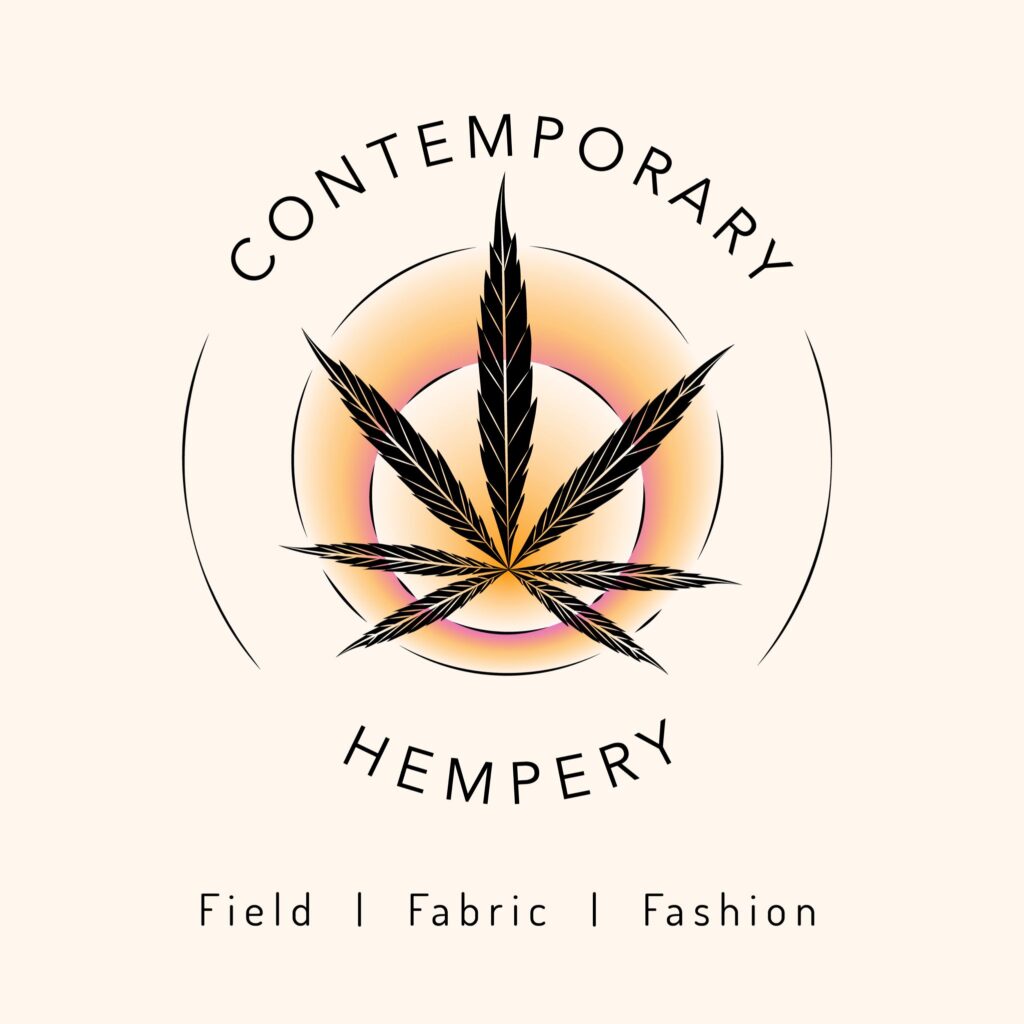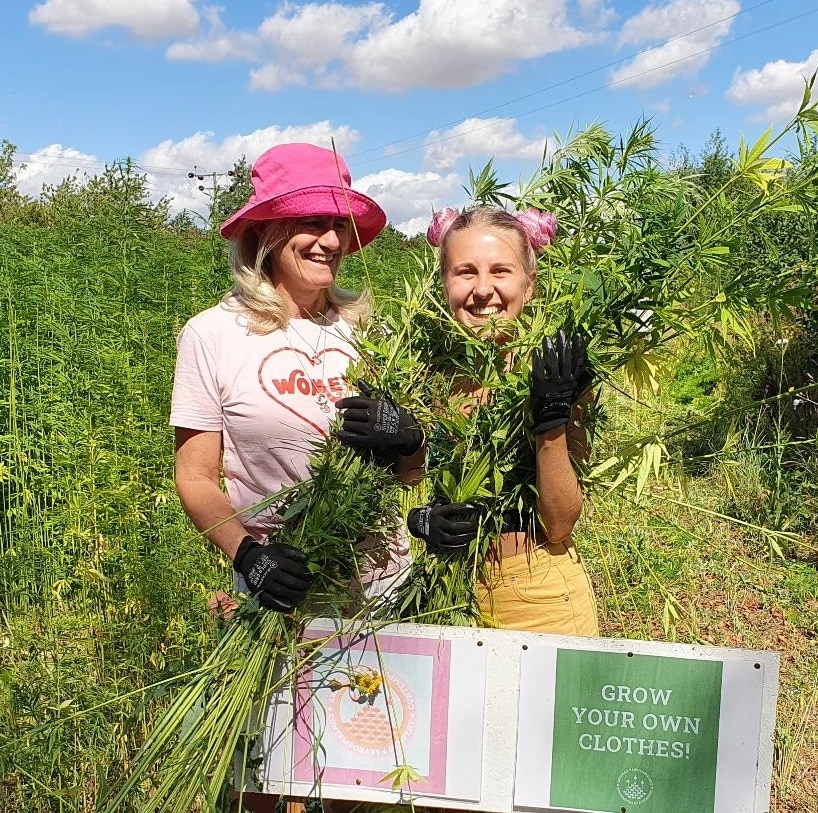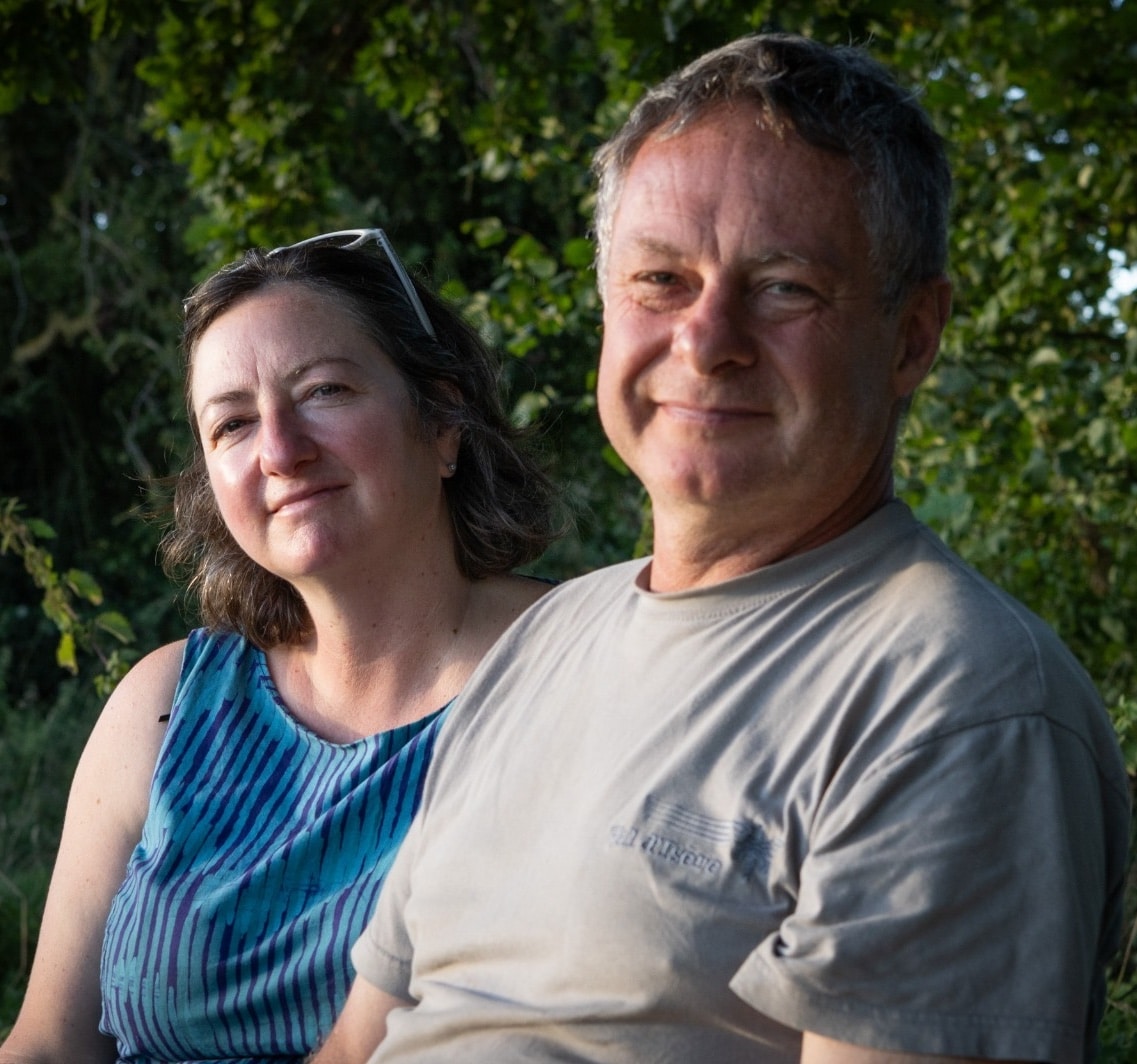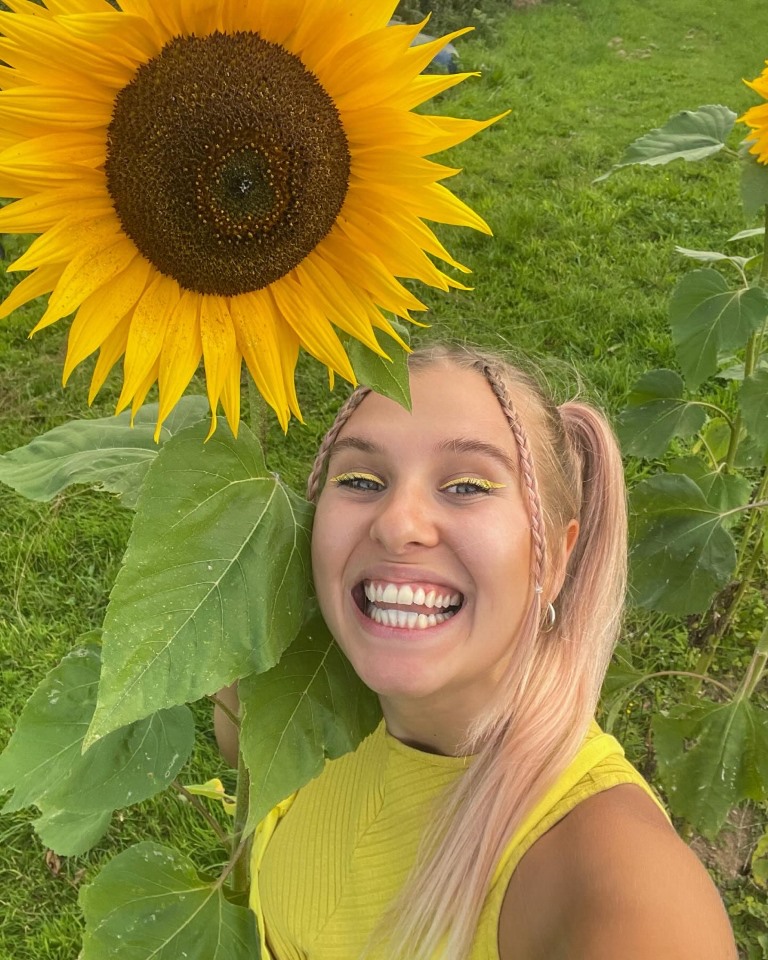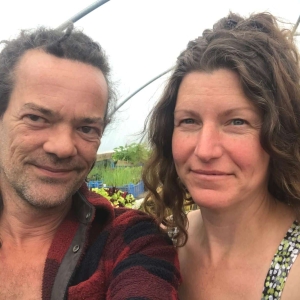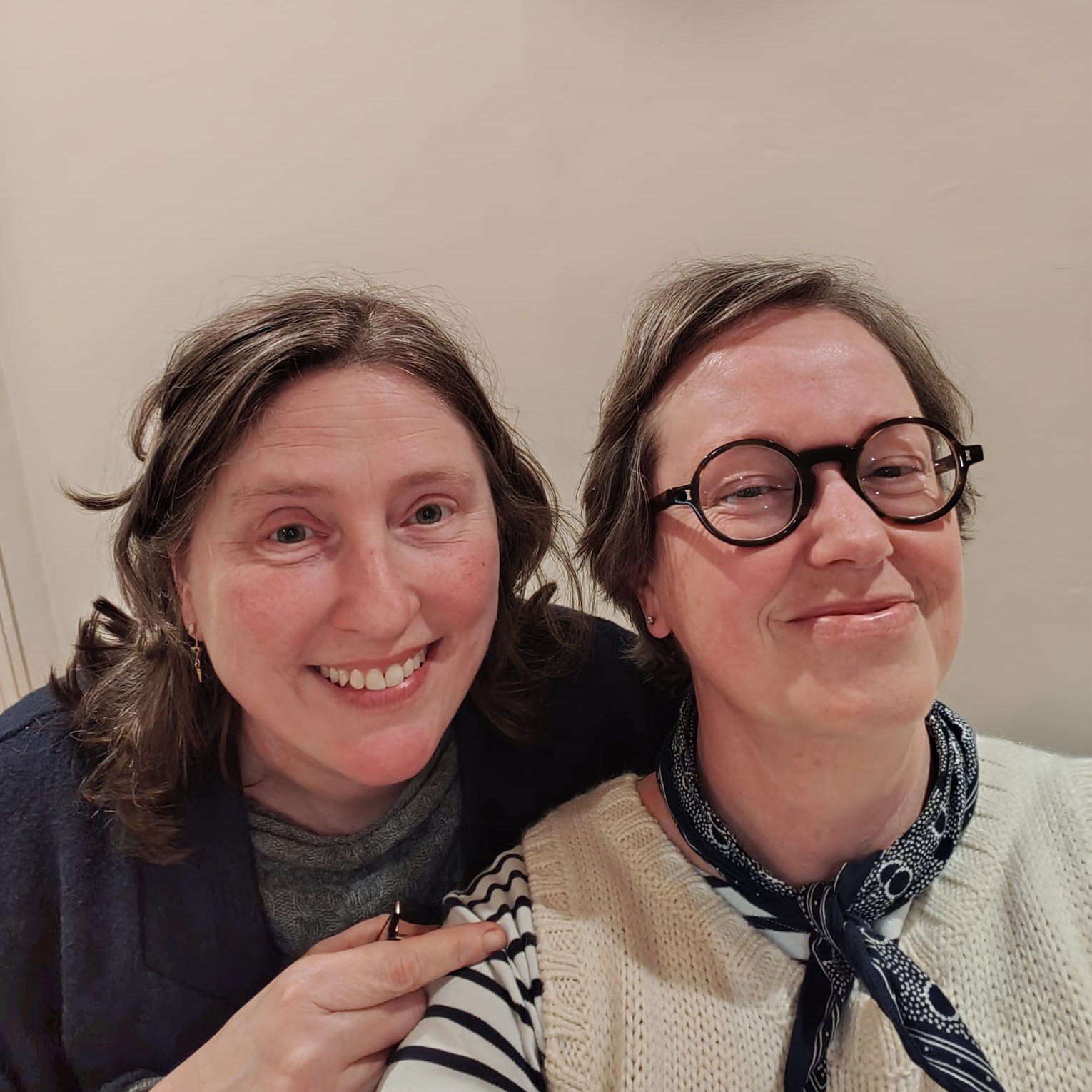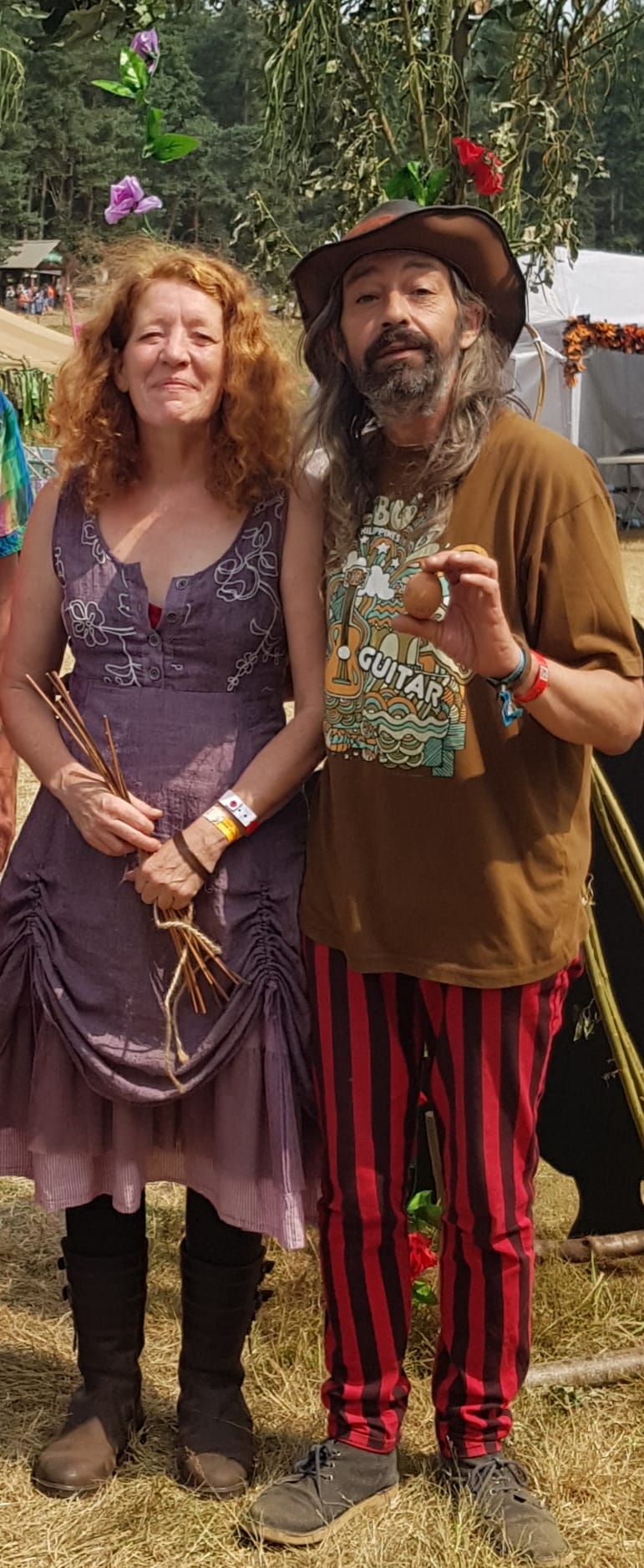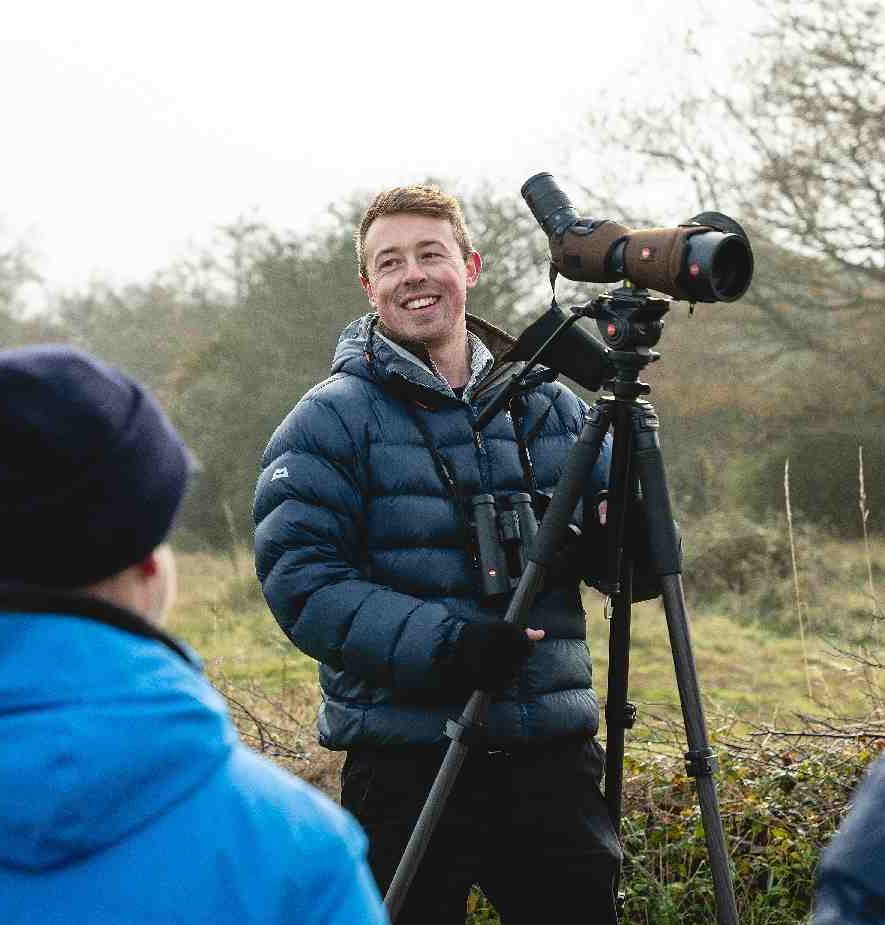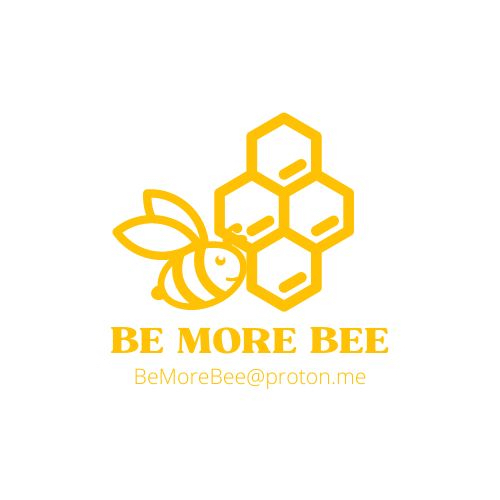After last year’s successful grow of one alley we are planting 6 alleys this year. The alley you are looking at is to be an experimental alley. We will be sowing in square patches, and monitoring outcomes. Our main seed is Futura 75 with tests of Mika 76 and Fibror 79. All three are specialists fibre varieties.
The tests will include
- sowing dates
- time from sowing to flowering
- harvest dates (length of grow time)
- rate of growth
- retting methods
Of course each season will have its own weather variables so an absolute ‘best’ result is not possible, but by keeping these records over time we hope to know the likely optimum sowing growing harvesting and retting times for each variety of hemp when grown for fibre.
